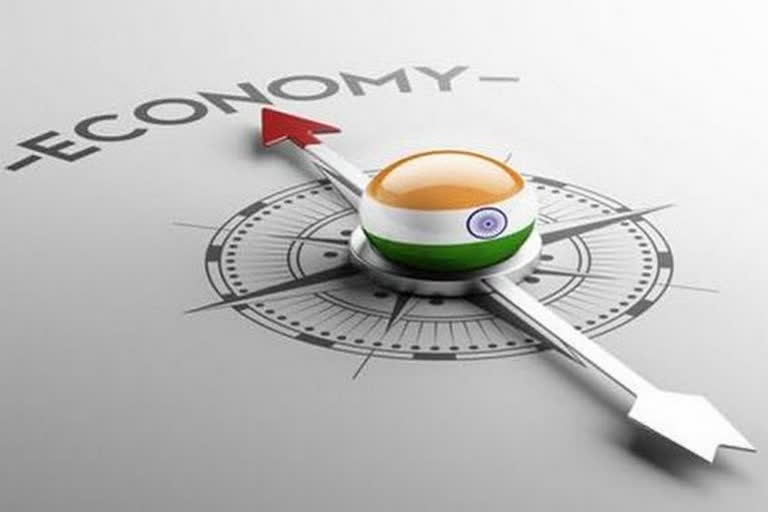New Delhi: In a clear sign of the Indian economy coming out of the adverse economic impact of the Covid-19 global pandemic, India’s GDP registered a growth of 8.4% in July-September as against the GDP growth during the same period last year.
Though the economic growth has come down from a high growth rate of over 20% recorded during the first quarter which was mainly on account of the base effect as the country was under a complete lockdown during the same period last year but it was still higher than the GDP figure during the July-September period of 2020 when Covid had not struck the world.
Sunil Sinha, principal economist at India Ratings and Research, says although the healthy GDP growth numbers were mainly due to the base effect it nonetheless indicates that the economy is recovering quickly post COVID 2.0.
“In fact, second-quarter GDP level terms is now higher than the second quarter of FY 2020. Though it is only 0.3% higher, it does indicate that economy has finally recovered the ground lost due to Covid-19 pandemic,” Sinha told ETV Bharat.
Elaborating on the reasons for the growth, Sinha said all components on the demand side witnessed healthy growth in the second quarter (July-September) in the current financial year ending in March 2022.
“While private final consumption expenditure (PFCE) grew at 8.6%, government final consumption expenditure (GFCE) and gross fixed capital formation (GFCF) witnessed a growth of 8.7% and 11.0% respectively,” he said.
Moreover, on the supply side, the agriculture sector maintained the momentum as it grew at 4.5% in the second quarter, at the same rate at which grew in the first quarter.
“However, the more heartening numbers came from the industrial sector which grew 6.9% during the second quarter,” noted the economist.
According to Sinha, a deeper analysis of GDP data shows that different segments of the industrial sector witnessed robust growth.
For example, the mining sector registered a year-on-year growth of 15.4%, electricity and utility services (8.9%), construction (7.5%), and manufacturing registered a growth of 5.5% in the second quarter. “In level terms, barring construction, all the industry segments are now higher when compared with the pre-COVID period that is 2 QFY20,” Sinha said.
The services sector, the largest component of India’s economy, registered a double-digit growth rate of 10.2% during the period.
Sinha, who closely tracks macro-economy, says the largest component of the services sector such as trade, hotels, transport and communication registered a healthy growth of 8.2% in the second quarter despite the majority of its activities being contact intensive in nature.
“The other two components of services sector namely - financial, real estate and professional services and public administration clocked a growth of 7.8% and 17.4% respectively in the second quarter,” he added.
India Ratings, which is part of sovereign rating agency Fitch, said the Indian economy was on the path of recovery which was supported by the progress achieved on the vaccination front.
“Yet Ind-Ra believes economic recovery will require both fiscal and monetary policy support in the near term to ensure that recovery continues despite the threat posed by the new Covid -19 variant Omicron,” said the agency.
The emergence of a more transmissible variant of the Covid-19 virus in South Africa last week, designated as Omicron by the World Health Organisation (WHO), has set the alarm bells ringing and unsettled the major capital markets due to the fear of a prolonged pandemic.



